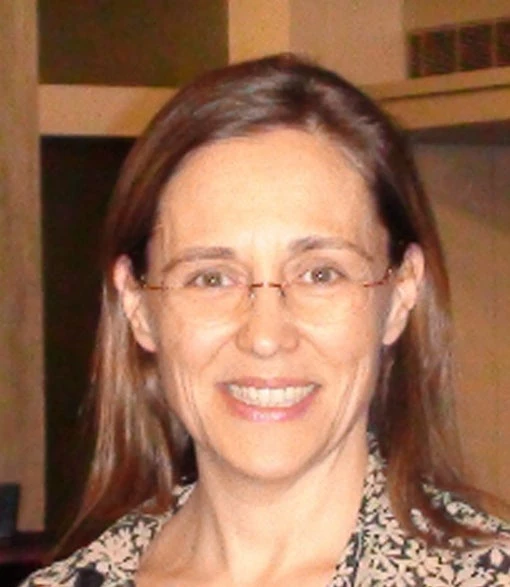 Photo: Mano Strauch © The World Bank
Photo: Mano Strauch © The World Bank
Corruption is a driver of fragility that undermines sustainable peace and stability. Tackling corruption in fragile, Conflict, and Violent (FCV) contexts requires mobilizing political capital. It may disrupt aid flows and can lead to short-term instability (Jackson, 2023). Therefore, it is crucial to address corruption in FCVs early on with the appropriate tools. Otherwise, inclusive and sustainable development are unlikely to be achieved.
A discussion at last month’s Anticorruption for Development (AC4D) Global Forum highlighted two paradoxes: whether corruption is a second order problem in FCV, compared to peace and stability; and whether we need to rethink the anticorruption toolbox anticorruption in FCV contexts?
1. Is corruption a second order problem?
For a long time, ‘peacebuilders’ have focused their efforts on situations with open violence. It was largely understood that corruption was a lesser evil in this context. According to Dominik Zaum and Christine Cheng, "Fighting corruption is not the only objective of peacebuilding actors - nor is it necessarily the most important one. Enabling corruption might be a price that peacebuilders have to pay to ensure the participation of warring factions in a peace agreement and to end large-scale violence."
Corruption, from bribery to nepotism and state capture, was often regarded as a technical problem that require technical measures. Tackling corruption only when peace and stability have been achieved may allow corruption to take root and be institutionalized within the new state. This can lead to a relapse into conflict. Integrating anticorruption measures into state-building at an early stage can support reforms in emerging states. In Afghanistan, for example, state capture has contributed to plundering resources and lack of resilience to withstand economic and political shocks.
Corruption in revenue collection leads to enormous losses and prevents tax administration reforms. Corruption in public procurement or in business regulations prevents ordinary citizens from engaging in business activities and undermines economic development (GIZ, 2020). Incentives supporting corrupt activities have to be corrected to avoid making a situation worse. Cheyanne Scharbatke-Church labels this as ‘the negative peace’ and offers an example from the Central African Republic, where she highlights the unintended consequences of ad-hoc police reform that promoted corruption.
Since the late 1990s, researchers have been documenting how corruption fuels conflict with “war economies” perpetuating weak and captured institutions. Corruption erodes institution building by enabling tax evasion, collusion in procurement, or subpar construction of public projects. It also enables the unjust and ineffective distribution of public resources, undermining the legitimacy and effectiveness of government and the social contract between the state and citizens. Ousmane Diagana and Mouhamadou Diagne argue: "Over time, corruption can undermine the trust and confidence that citizens have for their leaders and institutions, creating social friction and in some contexts increasing the risk of fragility, conflict, and violence."
The “greasing assumption” of corruption for stability does not hold. Corruption cannot ‘buy’ political stability in countries with a relatively large youth population (Farzanegan and Wittuhn, 2016) and is one of the main reasons why citizens don’t have the will to fight for the state (Weigand, 2023). When corruption continues to be widespread, the likelihood of conflict relapse doubles (Hegre and Mokleiv, 2015).
2. Do we have the right tools?
Unfortunately, practitioners use traditional toolbox to fight corruption based on assumptions that are not valid in FCV contexts. They implement interventions without a full understanding of the incentives and power dynamics, and with limited consideration of the long-term implications of such interventions.
It is clear more analysis is needed in FCV contexts to improve the tools available to practitioners. Scharbatke-Church stresses that anticorruption laws or institutions do not imply political will to tackle corruption. Such laws and institutions need to be well-thought-out and funded with a medium-term vision to be effective.
A more impactful toolbox needs to move beyond traditional capacity building and develop a medium-term strategy that is informed by current and past corrupt dynamics to address them.
Practitioners should also focus on creating networks, developing islands of integrity, and supporting investigative journalism, as these have shown some impact in FCV contexts. Finally, it is equally important to change incentives and strengthen the accountability of politicians and civil servants using income and asset disclosure or conflict of interest legislations.
In sum, we need to think about corruption and fragile settings differently, expanding our time horizon and updating our toolbox. It takes a long time to address corruption and state building. Waiting for conflict and violence to end means that corrupt practices can become more entrenched and prevent future reforms. Our toolbox should include interventions that start during the conflict and that are informed by an understanding of the present and past dynamics and incentives to ensure sustainable and inclusive development.



Join the Conversation